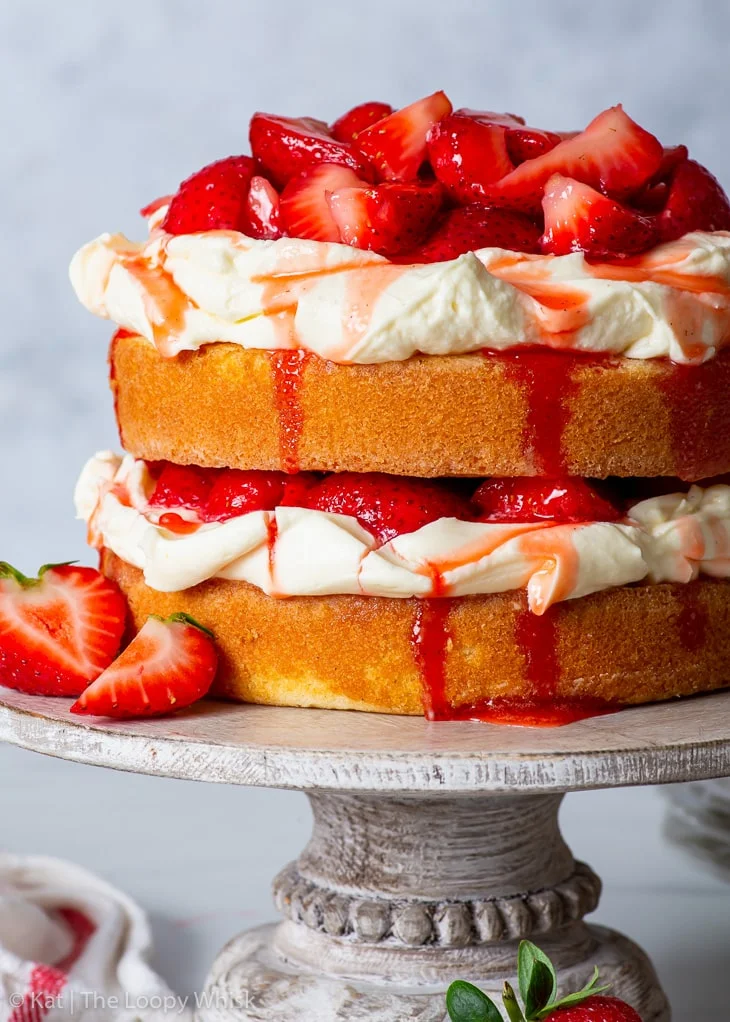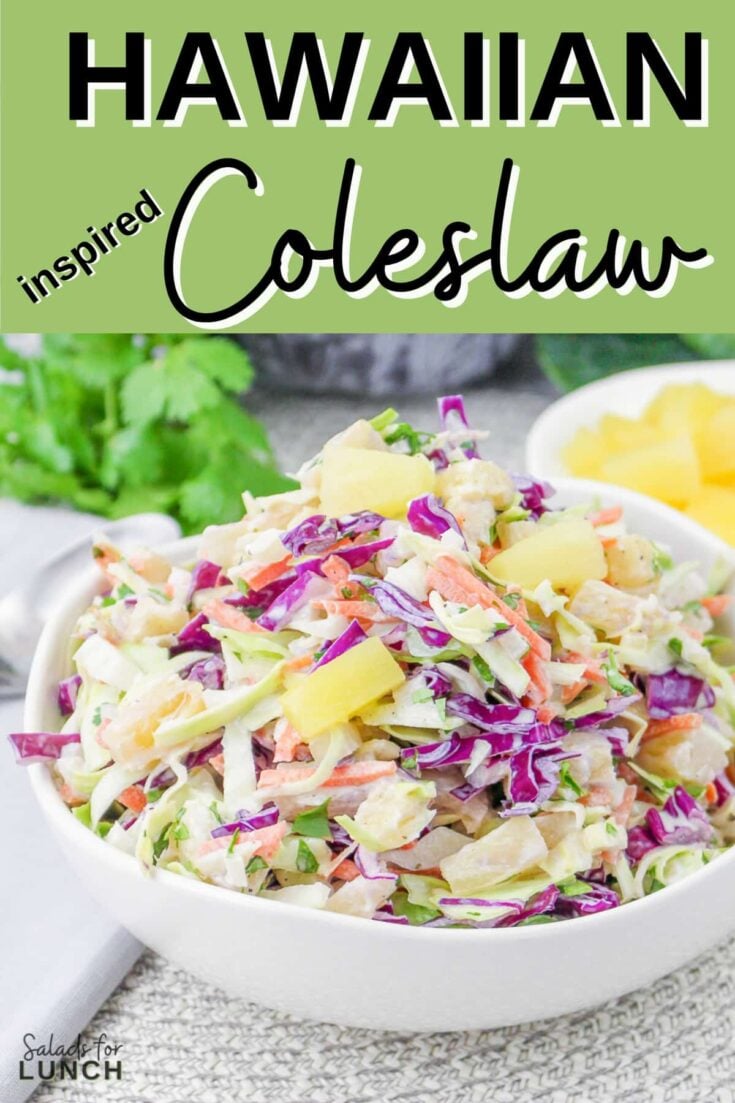Crab Boil Guide: History, Recipes & Tips for the Perfect Feast
Crab boils have deep roots in the coastal regions of the United States, particularly in the South and along the Gulf Coast. Native Americans first utilized local shellfish, including crabs, cooking them over open flames or in clay pots. European settlers later adopted and adapted these techniques, incorporating spices and offering communal feasts. The tradition of the crab boil became not just about the food but a social event bringing communities together, fostering bonds, and celebrating local culture. Seafood’s abundance in these regions ensured that crab boils remained a popular festivity.
Regional Variations
Each region has put its unique spin on the crab boil to reflect local flavors.
- Louisiana Cajun Crab Boil: Known for intense, spicy blends of seasonings like cayenne pepper, paprika, and garlic. Typically includes sausages, corn, and potatoes.
- Maryland Crab Boil: Focuses on blue crabs, seasoned with Old Bay, a blend of celery salt, paprika, and mustard seed. Crab cakes and crab soup frequently accompany.
- Low Country Boil: Common in Georgia and the Carolinas, features shrimp alongside crabs, often with andouille sausage, corn, and red potatoes, boiled in a seasoned broth.
These variations showcase regional tastes and fresh, available ingredients while maintaining the core essence of the communal dining experience.
Essential Ingredients for a Crab Boil
Types of Crabs Used
Crabs form the star ingredient in a crab boil. Blue crabs, commonly found in the Atlantic Ocean and the Gulf of Mexico, offer a sweet and tender taste. Dungeness crabs, harvested along the Pacific Coast, provide a rich and slightly nutty flavor. Snow crabs, often sourced from the North Atlantic, bring a delicate texture and mild taste. Using diverse types of crabs lets you enjoy a range of flavors in your boil.
Spices and Seasonings
Seasonings define a crab boil’s flavor profile. Old Bay seasoning, a blend of paprika, celery salt, and other spices, is essential. Zatarain’s Crab Boil, with robust flavors incorporating mustard seed, coriander seed, and cayenne pepper, adds depth. Fresh herbs like dill, parsley, and thyme enhance aromatic undertones. Smoked paprika and garlic powder introduce smoky and savory dimensions, while bay leaves bring subtle floral notes. Combine these seasonings to create a well-rounded and flavorful crab boil.
Preparing for a Crab Boil
Choosing the Right Equipment
Select essential equipment for a successful crab boil. Choose a large pot, preferably 30 quarts or more, to accommodate crabs and other ingredients. Opt for a propane burner to efficiently heat the pot outdoors. Use a sturdy skimmer or strainer for safe handling of crabs. Ensure you have a large enough table for serving, covered with newspaper or butcher paper for easy cleanup. Invest in crab crackers and seafood picks to enjoy every morsel.
Preparation Tips
Follow key preparation tips for an enjoyable crab boil. First, clean crabs thoroughly, removing any debris. Prepare a flavorful broth by filling your pot halfway with water and adding spices like Old Bay, lemons, garlic, and bay leaves. Bring the broth to a rolling boil before adding crabs to ensure even cooking. Introduce other ingredients like corn, potatoes, and sausage in stages to achieve optimal cook times. Time crabs carefully: blue crabs take 10-12 minutes, while Dungeness and snow crabs take 15-18 minutes. Drain the cooked seafood well before serving to maintain flavor and texture.
The Crab Boil Process
Cooking Techniques
Use precise cooking techniques for a successful crab boil, balancing heat and seasoning. Start by filling a large pot two-thirds full with water, adding salt, lemon halves, garlic cloves, and your preferred seasoning blend like Old Bay. Bring the water to a rolling boil over a propane burner. Add your cleaned crabs in batches, ensuring they’re fully submerged.
Utilize a large skimmer to stir the crabs, ensuring even cooking. For enhanced flavor, include corn on the cob, red potatoes, and sausage. Add these ingredients based on their cooking times, so they become tender, not overcooked, by the time the crabs finish.
Timing and Temperature Tips
Adhere to precise timing and temperature tips for perfectly cooked crabs. Maintain the water temperature between 212°F and 215°F. Blue crabs need 15–20 minutes of boiling, Dungeness crabs 12–15 minutes, and Snow crabs 10–12 minutes.
Monitor the cooking process closely. When crabs turn bright orange, they’re typically done. Check the texture of the meat to confirm. To avoid overcooking, immediately transfer crabs to an ice bath, which halts the cooking process and ensures tender, juicy meat.
Serving and Enjoying Crab Boil
Accompaniments and Side Dishes
Complement your crab boil with carefully selected accompaniments and side dishes to enhance the experience. Classic choices include corn on the cob, which sweetens the meal with a smoky char when grilled. Red potatoes, boiled in the same spiced broth as the crabs, absorb the rich flavors beautifully. Sausages, often Andouille or smoked Kielbasa, add savory depth.
Including fresh, crusty bread provides a tool for soaking up the flavorful broth left in the pot. A crisp green salad with a light vinaigrette offers a refreshing contrast. Coleslaw, with its tangy dressing, balances the spiciness of the boil. For drinks, cold beer or iced tea complements the meal perfectly.
| Accompaniments | Examples |
|---|---|
| Vegetables | Corn on the cob, red potatoes |
| Proteins | Andouille sausage, smoked Kielbasa |
| Bread | Fresh crusty bread |
| Salad | Green salad with vinaigrette |
| Refreshing Elements | Coleslaw, iced tea |
| Beverages | Cold beer |
Best Practices for Eating Crabs
Enjoying a crab boil is an art. Start by covering your eating area with newspaper or butcher paper for easy cleanup. Equipped with crab mallets or crackers, use these tools to efficiently break open the shells.
Begin by removing the claws, cracking them to access the meat inside. Separate the top shell from the body and remove the gills, known as “dead man’s fingers.” Break the body in half to divide it into two compartments, making the meat easily accessible.
Dip the extracted meat into melted butter or a spiced dipping sauce to elevate the flavors. Engaging in conversation while eating enhances the social aspect. Dispose of shells in a separate bowl or container to maintain a clean eating area. Enjoy the process, savoring each bite and the communal experience.
Following these best practices ensures you maximize enjoyment with minimal mess, creating lasting memories.
Conclusion
Embracing the tradition of a crab boil connects you with a rich cultural heritage and offers a delightful culinary experience. Whether you’re savoring the spicy flavors of a Louisiana Cajun Crab Boil or enjoying the classic taste of a Maryland Crab Boil, the right ingredients and seasonings make all the difference. Remember to prepare thoroughly and create a festive atmosphere with complementary dishes and drinks. By following best practices for eating crabs, you’ll ensure a fun and memorable gathering for everyone involved. Dive into the world of crab boils and create lasting memories with family and friends.






